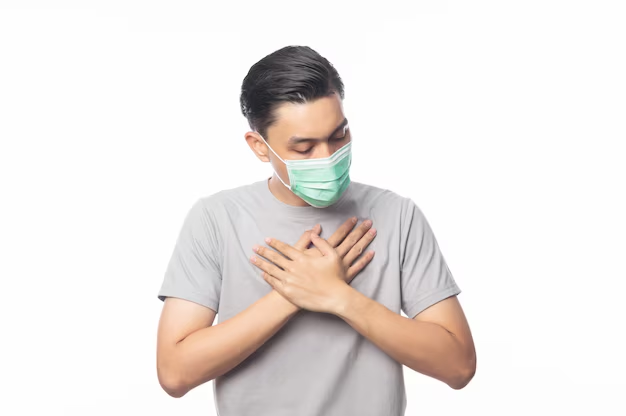Is Dying from Pulmonary Hypertension Painful? Understanding the Patient Experience
Pulmonary hypertension (PH) is a serious condition characterized by high blood pressure in the lungs' arteries, which can lead to heart failure if untreated. As a chronic, progressive disease, its symptoms can severely affect a person's quality of life. But is dying from pulmonary hypertension painful? Understanding this aspect is pivotal for patients and their families as they navigate this challenging diagnosis.
Pain and Symptoms Management in Pulmonary Hypertension
In the advanced stages of pulmonary hypertension, patients may experience increased shortness of breath, fatigue, and chest pain. While the condition itself doesn't directly cause pain, these symptoms and the resulting strain on the heart can lead to discomfort. Palliative care plays a crucial role in this phase, focusing on comfort and symptom management. This care involves medications to alleviate pain, anxiety, and improve respiratory function, ensuring that patients experience as little distress as possible.
Emotional and Psychological Aspects
Beyond physical symptoms, patients often grapple with emotional and psychological challenges. Anxiety and depression are common and can exacerbate perceptions of pain or distress. Addressing these through counseling and support groups is essential, providing patients with a space to express fears and receive guidance.
Quality of Life and End-of-Life Care
The goal in managing pulmonary hypertension is to maintain the best possible quality of life. As the disease progresses, discussions about end-of-life preferences become crucial. Hospice and palliative care services are instrumental in offering emotional support and ensuring that medical interventions align with the patient's wishes, often making the process less painful and stressful for everyone involved.
While the prospect of end-of-life care can be overwhelming, it opens doors to comprehensive support systems not only focusing on health but also encompassing financial and emotional support channels.
Exploring Financial Assistance and Support
Navigating healthcare for chronic conditions like pulmonary hypertension can be overwhelming, particularly in terms of financial burden. The costs associated with medication, therapies, and possible home modifications add up quickly. Thankfully, there are various avenues for financial assistance and educational resources that can ease these burdens:
- Government Aid Programs: Programs like Social Security Disability Insurance (SSDI) and Medicare can provide financial support to those unable to work due to severe illness.
- Debt Relief Options: For those struggling with medical bills, debt relief programs might offer solutions such as negotiating payments or reducing debts.
- Credit Card Solutions: Some financial institutions provide medical expense credit cards designed to be a more manageable way to handle health-related expenses.
- Educational Grants and Scholarships: Although primarily aimed at younger patients, these resources can lift some of the financial strains by offering funds for navigating the condition.
Connecting with these resources not only lifts a financial load but also allows patients and families to focus more on enjoying quality time together, making end-of-life experiences as peaceful and pain-free as possible.
Financial Assistance and Support Resources
- 📋 Social Security Disability Insurance (SSDI): Offers income support if PH prevents you from working.
- 🏥 Medicare: Provides healthcare coverage for qualified individuals with PH.
- 💳 Medical Credit Cards: Allows for easier management of healthcare-related expenses.
- 👩🎓 Educational Grants: Assists young patients manage expenses related to schooling during prolonged treatment.
- ⚖️ Debt Relief Programs: Negotiates or reduces outstanding medical debts.
Being informed and prepared is key in managing pulmonary hypertension effectively, ensuring that financial constraints don't overshadow the essential care and support needed during challenging times.

Related Topics
- a 66 Year Old Female With a History Of Hypertension
- Are Eggs Bad For Hypertension
- Are Eggs Good For Hypertension
- Are Endocrine Disorders Causing Hypertension Rare
- Can Adderall Cause Hypertension
- Can Alcohol Cause Hypertension
- Can Allergies Cause Hypertension
- Can Anemci People Get Hypertension
- Can Anemia Cause Hypertension
- Can Antibiotics Cause Hypertension